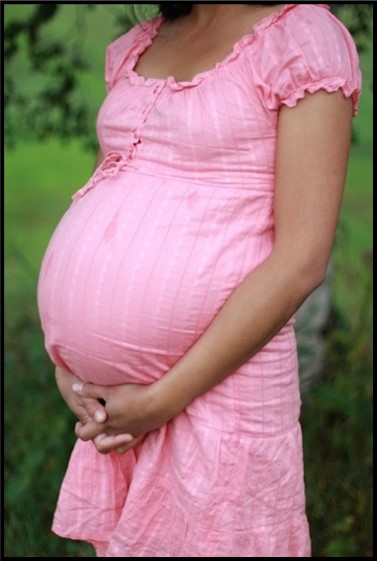Topic outline
-
CHARGE syndrome and Usher syndrome are the most associated genetic conditions associated with deafblindness. While the prevalence of Down syndrome is higher than CHARGE or Usher combined, not all people with Down syndrome experience a combined vision and hearing loss. There are approximately 70 additional genetic conditions that are associated with combined vision and hearing loss.
-

Prenatal, perinatal, and congenital complications are a result of problems that occur during pregnancy. Some of these complications are already present when a woman becomes pregnant or can arise during pregnancy or during the birth. Some of these conditions result from factors that can’t be controlled. But in some cases, such as drug use or congenital rubella syndrome, there are precautions that can be taken to decrease the risk of pregnancy complications.
There are thousands of complications that can occur before, during or immediately after birth that can impact vision and hearing. We include only a few of the most commonly seen conditions resulting in a combined vision and hearing loss.
-
 There are a wide variety of traumatic events, diseases and physical conditions that can impact vision and hearing over the course of one’s life. The impact that these conditions have on hearing and vision depends on the type and severity. Next, we will explore events and conditions that can impact vision and hearing.
There are a wide variety of traumatic events, diseases and physical conditions that can impact vision and hearing over the course of one’s life. The impact that these conditions have on hearing and vision depends on the type and severity. Next, we will explore events and conditions that can impact vision and hearing. -
Understanding the reason why someone is DeafBlind can be an essential component in providing the best support to that person. Knowing the age of onset of deafblindness, the progressive nature of the condition and any additional disabilities the person may be dealing with can help professionals support a person who is DeafBlind to prepare for current and future possibilities and identify the most appropriate resources. When professionals have clear and accurate information about a specific etiology, they can become a resource to the consumer, family members, employers, and the community at large.